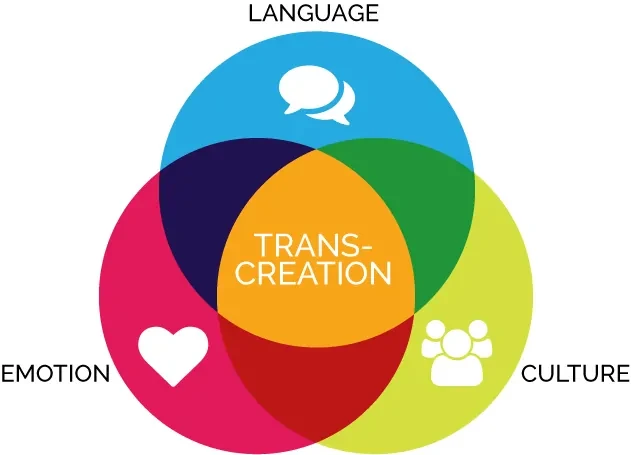
Creative Translation for Global Marketing Strategies
- 0
Global marketing strategies are essential for businesses looking to expand their reach beyond their local market. However, simply translating content from one language to another is not enough to effectively communicate with an international audience. Creative translation is the process of not just translating words, but also conveying the culture, nuances, and emotions behind the message. In today’s interconnected world, creative translation plays a crucial role in successful global marketing campaigns.
Understanding the Cultural Context
One of the key aspects of creative translation is understanding the cultural context of the target audience. Different cultures have different norms, values, and ways of expressing themselves. A literal translation may not always convey the intended message or may even offend the audience. Creative translation involves adapting the content to suit the cultural nuances of the target market, ensuring that the message resonates with the audience.
Transcreation vs. Translation
Transcreation is a form of creative translation that goes beyond simply translating words. It involves re-creating the content in a way that is culturally relevant and emotionally engaging for the target audience. Transcreation is especially important for marketing materials such as advertisements, slogans, and branding, where the emotional appeal plays a significant role in the success of the campaign.
Localization for Different Markets
Localization is another important aspect of creative translation for global marketing strategies. It involves adapting the content to suit the linguistic and cultural preferences of different markets. This may include changing images, colors, and even the overall message to better resonate with the target audience. By localizing content, businesses can ensure that their marketing campaigns are effective in different regions around the world.
Benefits of Creative Translation
There are several benefits to incorporating creative translation into global marketing strategies. One of the key benefits is increased engagement with the target audience. By speaking their language, both literally and culturally, businesses can connect with customers on a deeper level and build stronger relationships. Creative translation also helps businesses stand out in crowded markets by showcasing their understanding of and respect for the local culture.
Best Practices for Creative Translation
When implementing creative translation in global marketing strategies, there are several best practices to keep in mind. Firstly, it is important to work with professional translators who are not only fluent in the target language but also knowledgeable about the local culture. Secondly, it is essential to provide clear guidelines and context for the content being translated to ensure that the message is accurately conveyed. Finally, it is important to continuously monitor and evaluate the effectiveness of the translated content to make any necessary adjustments.
Conclusion
Creative translation is a critical component of successful global marketing strategies. By understanding the cultural context, utilizing transcreation, and localizing content for different markets, businesses can effectively reach and engage with international audiences. Incorporating creative translation into marketing campaigns can help businesses stand out from competitors and build strong connections with customers around the world.

